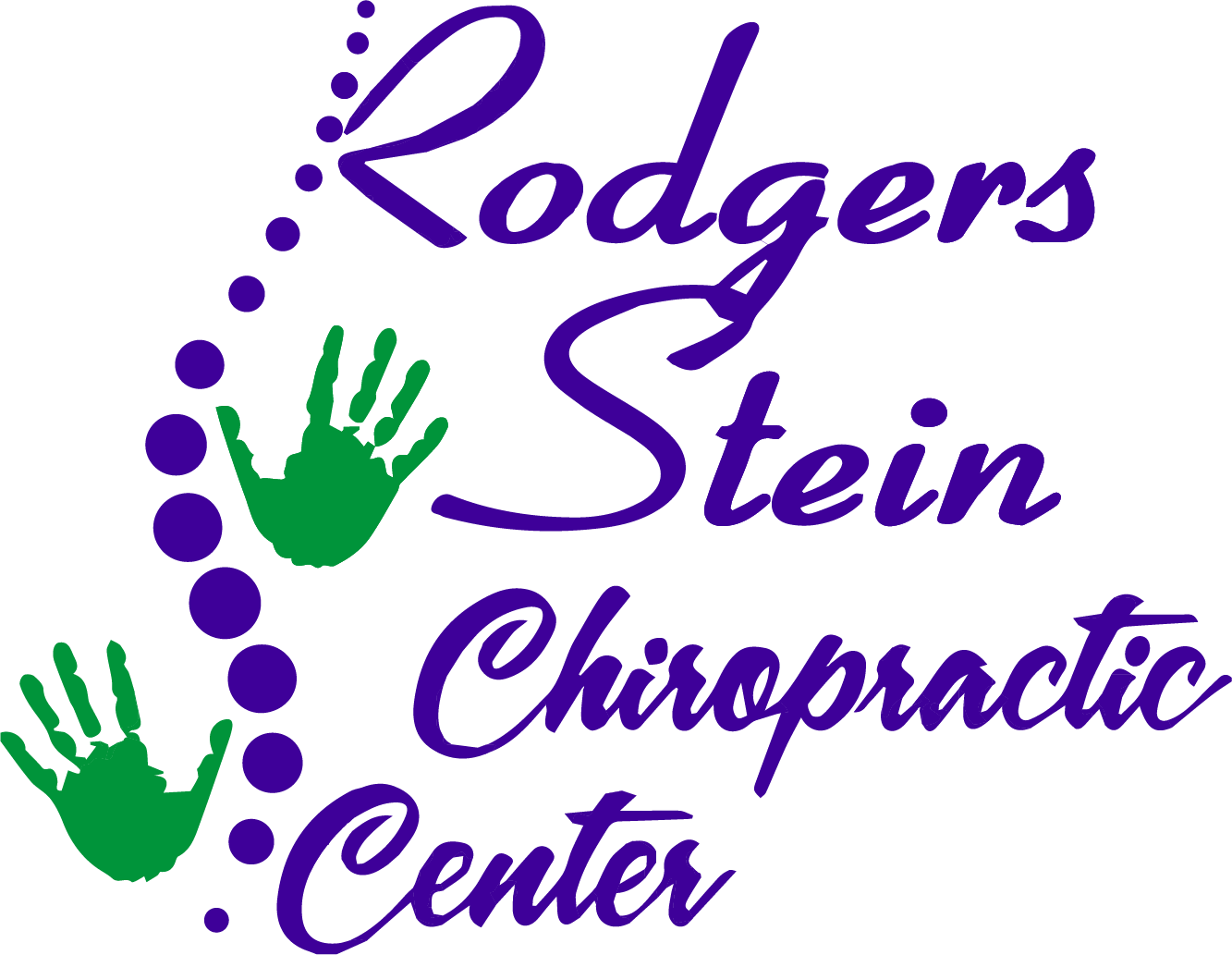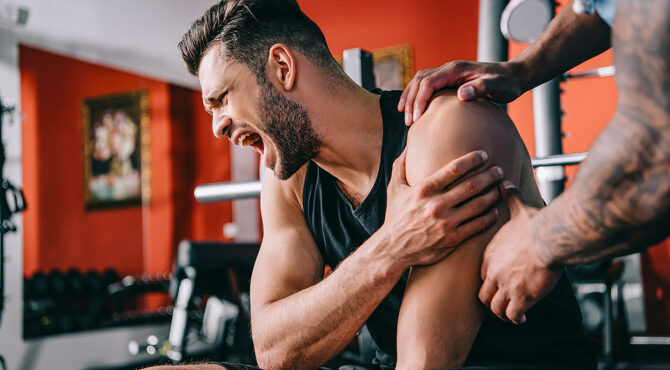As a local chiropractor, I want to emphasize how crucial it is to prioritize recovery when you're facing a sports injury. Many people believe that simply resting will suffice, but there's a more effective approach to enhance your healing process. By integrating specific strategies, you can significantly speed up your recovery and prevent future injuries.
First and foremost, optimizing your nutrition plays a vital role in healing. Consuming a balanced diet rich in anti-inflammatory foods can support your body's natural healing abilities. Additionally, incorporating effective rehabilitation exercises under professional guidance can not only facilitate recovery but also strengthen the affected area.
Here are five essential strategies that I recommend to my patients to streamline their recovery:
- Nutrition: Focus on a diet that supports healing, including plenty of fruits, vegetables, lean proteins, and healthy fats.
- Chiropractic Adjustments: Regular adjustments can help restore proper alignment, reduce pain, and improve mobility.
- Rehabilitation Exercises: Gradual and guided exercises can help regain strength and flexibility, preventing future injuries.
- Hydration: Staying well-hydrated is crucial for overall health and can help speed up the recovery process.
- Rest and Recovery: While it's essential to stay active, allowing your body time to rest is equally important for comprehensive healing.
Understanding and implementing these strategies can not only expedite your recovery but also establish a solid foundation for your future performance. If you have any questions or need personalized guidance, feel free to reach out. Together, we can work towards getting you back in the game stronger than ever!
Prioritize Rest and Recovery
When it comes to recovering from a sports injury, as your local chiropractor, I want to emphasize the critical importance of prioritizing rest and recovery for a successful comeback. Your body requires time to heal, and pushing through pain can often lead to more significant issues down the line. It's essential to tune into your body's signals—if you're experiencing pain or discomfort, that's your body telling you it's time for a break.
First, let's assess the severity of your injury together. For minor injuries, a few days of rest and some gentle stretching may be all that's needed. However, if your injury is more serious, you might need to take several weeks off. During this period, focusing on gentle movements that won't aggravate your injury is vital. This approach helps maintain some mobility while reducing the risk of further damage.
One effective method I often recommend is the RICE technique—Rest, Ice, Compression, and Elevation. Resting prevents added strain on your body, ice therapy can help reduce swelling, compression provides support to the affected area, and elevating the injury can minimize inflammation.
Don't forget the mental aspect of recovery, which is just as crucial. Use this time to mentally prepare for your return to your sport. Techniques such as visualization can help you stay connected to your athletic goals and maintain a positive outlook.
Lastly, I encourage you to consult with me or another healthcare professional. We can offer personalized advice and treatment options tailored specifically to your needs.
Maintain Proper Nutrition
As a local chiropractor, I want to emphasize the crucial role that proper nutrition plays in your recovery from sports injuries. When you're dealing with an injury, your body requires the right nutrients to heal effectively. It's essential to focus on a balanced diet, which should include lean proteins, healthy fats, and a variety of fruits and vegetables.
Proteins are vital for tissue repair, so be sure to incorporate sources such as chicken, fish, beans, or tofu into your meals. This will provide your body with the building blocks it needs to recover.
In addition to proteins, healthy fats are important as they can help reduce inflammation and support the healing process. Consider adding foods like avocados, nuts, and olive oil to your diet.
A colorful plate filled with fruits and vegetables ensures you receive a wide range of vitamins and minerals. Pay special attention to vitamin C, found in citrus fruits and leafy greens, as it plays a significant role in collagen production, which is essential for recovery.
Hydration is equally important. Water helps transport nutrients throughout your body and flush out toxins. Insufficient hydration can hinder your recovery, so aim to drink at least eight glasses a day. If you're sweating more than usual, consider incorporating electrolyte-rich beverages to replenish lost nutrients.
Finally, think about timing your meals in relation to your activity level. Consuming a nutritious snack before and after your workouts can provide your body with the energy it needs and enhance your recovery process.
Implement Rehabilitation Exercises
As a local chiropractor, I want to emphasize the importance of implementing rehabilitation exercises in your recovery process from a sports injury. These exercises aren't just about regaining strength; they're essential for restoring flexibility and movement in the injured area, allowing you to return to your full range of motion and functionality.
Neglecting this crucial aspect of healing can lead to prolonged recovery times and increase the likelihood of re-injury, so adhering to a structured rehabilitation plan is vital.
I recommend starting your journey by consulting with me or another qualified healthcare professional who specializes in chiropractic care. Together, we can develop a personalized rehabilitation program tailored to your specific needs.
I'll guide you through exercises that focus on the affected muscles and joints, ensuring you perform them correctly to prevent any further damage. Initially, we'll focus on low-impact activities, gradually increasing the intensity as your healing progresses.
Incorporating exercises that improve stability and balance is also crucial, as these aspects are key to preventing future injuries. Strength training will play a significant role in rebuilding the muscle surrounding the injured area, providing better support and stability.
Don't overlook the importance of stretching exercises; they help enhance flexibility and alleviate stiffness, which can be particularly beneficial during your recovery.
Setting realistic goals for your rehabilitation journey is essential. I encourage you to track your progress regularly and celebrate even the smallest victories along the way to stay motivated.
If you experience any pain during your exercises, please stop immediately and consult with me. Remember, recovery isn't a race; it's about safely and effectively getting back to your sport and enjoying a pain-free, active lifestyle.
Together, we can work towards your optimal health and well-being.
Use Ice and Compression
As a local chiropractor dedicated to helping my patients understand the benefits of natural healing, I want to emphasize the importance of using ice and compression in managing sports injuries.
When you sustain an injury, the immediate application of ice can be incredibly effective in reducing swelling and numbing pain. I recommend applying ice for about 20 minutes every hour during the first 48 hours following your injury. Just remember to wrap the ice pack in a thin cloth to protect your skin from frostbite.
In addition to ice, compression plays a vital role in minimizing swelling. By using an elastic bandage or a compression wrap, you can gently wrap the injured area. It's important to ensure that the wrap is snug, but not too tight—aim for a balance that reduces swelling without cutting off circulation. Regularly check your skin to ensure that there's no excessive tightness.
I want you to understand that ice and compression work best together. Ice slows down blood flow to the injured area, while compression helps to keep swelling at bay. By incorporating these techniques into your recovery routine, you create an optimal healing environment for your body.
It's also important to note that ice and compression aren't just for the initial phase of an injury. You can continue to use these methods throughout your recovery, especially if you notice any swelling after your rehabilitation exercises.
Always listen to your body, and if pain or swelling persists, please don't hesitate to reach out for professional guidance. As your chiropractor, I'm here to support you on your healing journey.
Stay Hydrated
As a local chiropractor, I want to emphasize the importance of hydration in your recovery process from sports injuries. When you sustain an injury, your body requires additional fluids to facilitate tissue repair and minimize inflammation. Staying properly hydrated is essential for improving blood circulation, which transports vital nutrients and oxygen to the injured areas—key components for effective healing.
I encourage you to drink plenty of water throughout the day, especially if you're taking pain medications or participating in physical therapy sessions. Dehydration can significantly impede your recovery, leading to fatigue, muscle cramps, and potentially more severe complications that could extend the duration of your injury.
Keeping a water bottle nearby can serve as a helpful reminder to sip water regularly. In addition to plain water, you might want to consider drinks rich in electrolytes, particularly after physical activity or if you're sweating more than usual. These beverages can help replenish the essential minerals and fluids your body needs.
However, be mindful of the sugar content in many commercial sports drinks; it's often better to choose low-sugar options or natural sources like coconut water. Listen to your body—if you're feeling thirsty, that's a clear sign you need to hydrate.
Also, pay attention to your urine color; dark yellow can indicate dehydration, while a light straw color suggests you're properly hydrated. Remember, proper hydration is a simple yet powerful tool in your healing journey!
Conclusion
As a local chiropractor, I want to share with you five essential steps to help speed up your recovery from sports injuries. By incorporating these steps into your healing routine, you can enhance your body's natural ability to heal.
First and foremost, it's crucial to prioritize rest. Your body needs time to recuperate, especially after an injury. Alongside rest, proper nutrition plays a vital role in healing. Nourishing your body with the right foods will provide the essential nutrients needed for recovery.
Engaging in rehabilitation exercises is another key component. These exercises, tailored to your specific injury, can help restore strength and flexibility. It's important to work with a healthcare professional, like a chiropractor, to ensure you're performing the right exercises safely.
Don't overlook the benefits of ice and compression. These techniques are effective in managing pain and reducing swelling, which can significantly impact your recovery time.
Lastly, staying hydrated is essential for your overall recovery process. Proper hydration supports every aspect of your body, helping to maintain optimal function as you heal.
By following these guidelines and cultivating a positive mindset, you'll not only recover faster but also return to your sport stronger and more resilient than before. Remember, chiropractic care can provide additional support on your journey to recovery, so don't hesitate to reach out for assistance.



